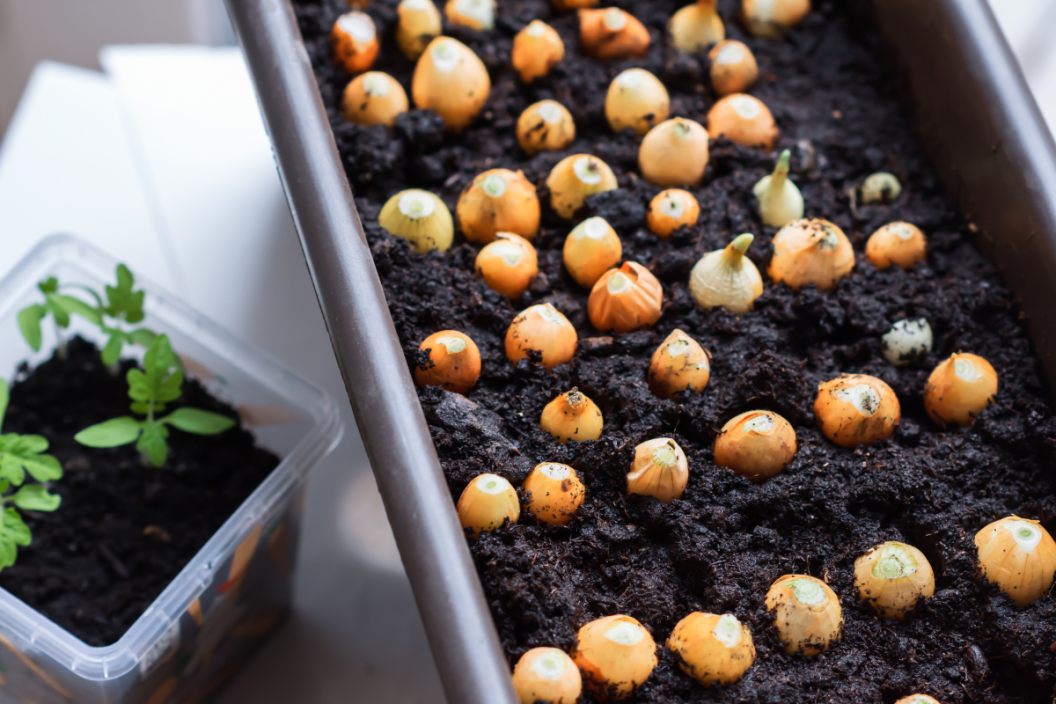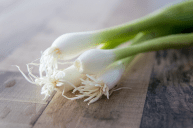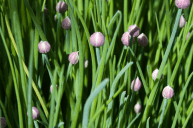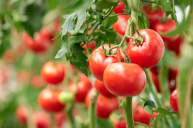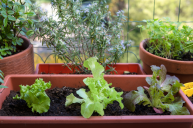Onions are one of my favorite vegetables. They are such a versatile vegetable and add so much to every dish that they're in. Unfortunately, I live in a rented apartment and have limited space and sun for vegetable gardening, so when I learned that you can grow onions in containers, I was really excited to try it!
Videos by Wide Open Country
There are a bunch of different varieties of onions you can grow in containers including shallots, scallions, and so many more. Spring onions grow wild everywhere here in the mountains, and I've transplanted a few into containers to make sure they don't get accidentally weed whacked by the landscapers. It's also easy to regrow green onions from kitchen scraps. Short-day onion varieties are great for warmer southern locations and a longer growing season, whereas long-day varieties are best in the more northern regions of the US with a shorter growing season. Basically any onion you would plant in your vegetable garden you can also plant in a container as long as it's a good container for onion growing conditions and you give it enough light.
Container choice is important. Since onions need at least 3 inches around them to grow properly, you need a fairly big container to make it worth growing. Opt for one that is at least 10 inches deep and as wide as possible. A lot of gardeners grow onions in tubs because of this, as it makes a perfect bed for onions. I've also seen them grown in dollar store dish tubs, trays, and other repurposed plastic bins. Just make sure you drill some drainage holes!
How To Grow Onions in Containers
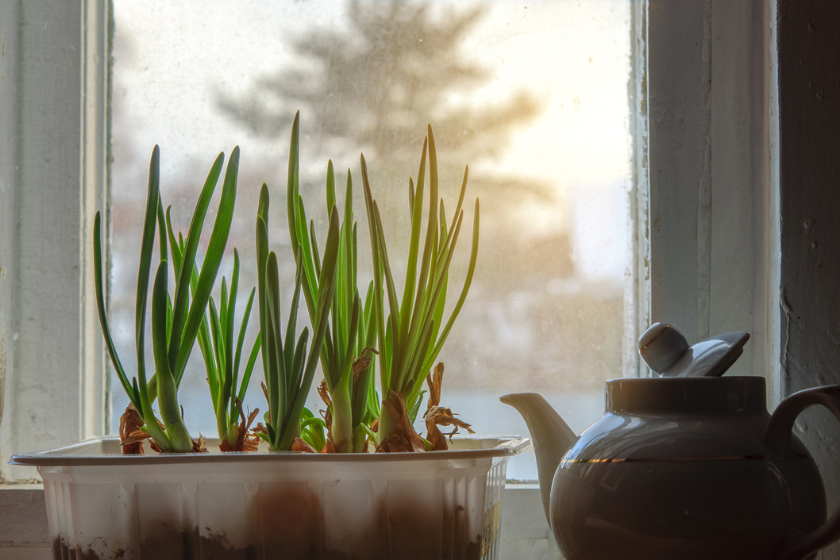
The easiest way to grow onions is to start with transplants, but you can also start indoors with onion seeds in the early spring before your last frost date. Onion sets are also a great way to get started. Onion sets are onion bulbs that are harvested prematurely and are much easier to get to sprout than onion seeds.
Onions need about 6-7 hours of daylight and full sun to grow. You can grow them inside on a windowsill, but it's best to supplement that with artificial grow lights. You can find some inexpensive ones that work great on amazon. Some other tips are to avoid weeding around them as the shallow roots are extremely delicate. The less you disturb the root system, the healthier the onion will be. Onions need lots of leaves to form properly, so using fertilizer to assist growing in the beginning is very helpful. Make sure you keep your onions watered well in containers, and water them thoroughly when the soil is dry to the touch.
Harvesting onions is an easy process. In midsummer, you can harvest your onions as needed. Gently remove your onion bulb from the soil and let it dry for a few days. By the time it's late summer or fall, and the leaves have all fallen over but aren't yet completely dry, they're all ready to be harvested. This is the signal that they're done growing and all their deliciousness is stored in their bulbs. Carefully pull them out of the soil and put them in a dry place for a few days spread out in a single layer. Once they're tight and dry and the leaves have no more moisture, trim off the roots and cut the leaves to 1" from the onion. Compost any onions that are bruised or still have a green neck after a few days of drying. After harvesting, they should be used within a few weeks, depending on the variety.
If you have limited space like me, I hope you try growing onions in containers! It's such a satisfying and delicious process to grow your own onions.
